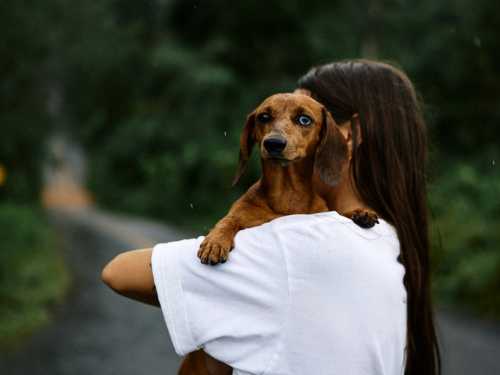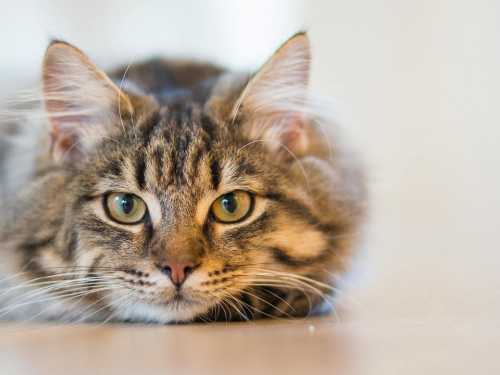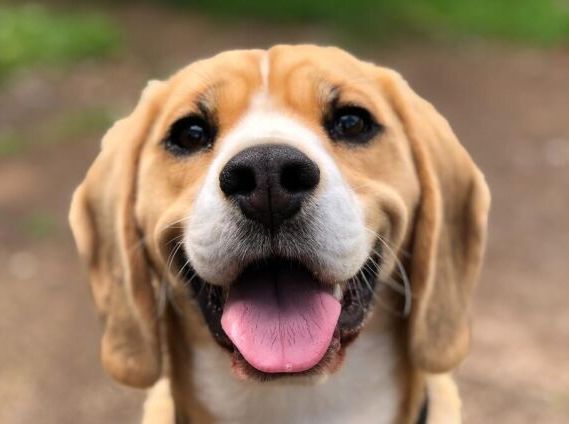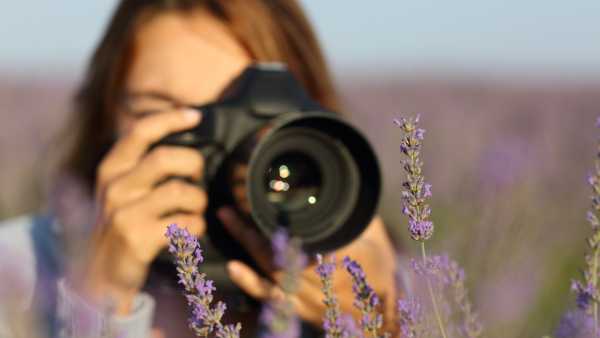
Everything that will be written below applies mostly to mammals. Mammals have a highly developed emotional sphere, and for many of us (and we, humans, are also mammals) displays of tenderness and affection are not just the norm, but an important component. Our cats, dogs, domestic rodents and other animals are not very different from humans in this, although the mechanisms of their behavior have their own unique features.
The need for affection and tenderness is basic for many mammals, especially in childhood. However, its manifestations and intensity vary significantly. In the wild, animals, as they grow up, show tenderness towards each other much less often than towards their cubs. Grown cubs gradually wean themselves from parental tenderness, because nature demands independence from them. Not without the help of their parents, of course.
Lessons of growing up in the wild
For example, a wild forest cat begins to actively teach its kittens to be independent at the age of two months. At 3-4 months, they realize that childhood is over and begin to experience the difficulties of adult life alone. Their mother no longer takes care of them.
Wolves raise their children longer, but the cubs start hunting with adults at the age of 8-9 months. They stay in the pack for a long time, but after a year or two, when the parents have new cubs, the grown-up wolves of the previous litter become their nannies. They are no longer babies, and all the tenderness now falls on the smallest ones.
Why don't pets grow up?
With our pets, things are different. They retain childlike behavior until old age, which is manifested in close emotional and physical contact with their owners. People become central figures for them, fulfilling a parental role.
In science, this phenomenon is called neoteny – the preservation of youthful (childish) features in adults. This is the main feature of domestication. For millennia, man, consciously or unconsciously, selected for breeding animals with a more docile, playful and less aggressive character – that is, with the features inherent in cubs. That is why some breeds forever retain the tireless playfulness of a shepherd, and others – the touching dependence of a pug.
Our cats and dogs grow up physically, but not in habits. We take care of our pets from a young age and continue to do so throughout their lives. We don’t teach them to get food on their own — they get it from our hands. And the constant provision of resources is the main signal to the animal that it is under care.
It's not just about food.
Wild animals are forced to grow up because their survival instinct demands it. Their parents push them to do this by teaching them to forage for food and eventually ceasing to feed and care for them. Our pets don't have that need.
Of course, the cognitive world of an animal is not just a set of reflexes, but a much more complex system, but at the heart of its attachment to us are strong positive associations. A person becomes the center of a safe world, associating with all the vital things:
- Food: A reliable source of nutrition.
- Security: protection from threats from the outside world. A person becomes a “safe base” from which to explore the world and to which they can always return.
- Comfort: a warm place to sleep, coat care (washing, combing).
- Social interaction: games, affection, upbringing (prohibitions on certain actions).
An animal that perceives humans as a source of security and resources continues to exhibit behavior typical of a cub, because it is this behavior that in nature provides parental care. It is for this, for this portion of care, that your pet comes to your arms.
The chemistry of love and the comfort of security
This connection is also reinforced on a biochemical level. During pleasant physical contact, such as stroking or hugging, both humans and animals produce oxytocin — the so-called “cuddle hormone” or “attachment hormone.” It reduces stress and increases feelings of trust and emotional closeness, strengthening your bond.
As a result, our animals continue to feel protected throughout their lives. And this state is extremely comfortable for them, because it reduces anxiety. Adult life in the wild is a constant struggle, stress and danger. And under the warm side of your human, it is good and calm, there is confidence that you are cared for, protected and loved.
That's why giant Great Danes, Huskies, and St. Bernards come to our laps. They're not just asking for affection. They're looking for confirmation that they're safe, part of your “pack,” and at the same time, they're recreating a familiar ritual that gave them comfort when they were tiny puppies. The animal doesn't realize how big and heavy it has become—for it, it's simply returning to a familiar and pleasant state.
What if my pet doesn't like to sit on my lap?
It is worth remembering that the need for tactile contact is an individual matter. Not every cat likes hugs, and some dogs show their love from a distance. It depends on the breed, character and past experience of the animal, especially if it is from a shelter. The lack of desire to sit on your hands does not mean a lack of love. Your pet may show its affection in other ways: sleeping in the same room with you, meeting you at the door, bringing a favorite toy or simply purring quietly next to you. The main thing is to respect its personal boundaries and respond to those expressions of love that are comfortable for both of you. After all, this is what true care consists of.





